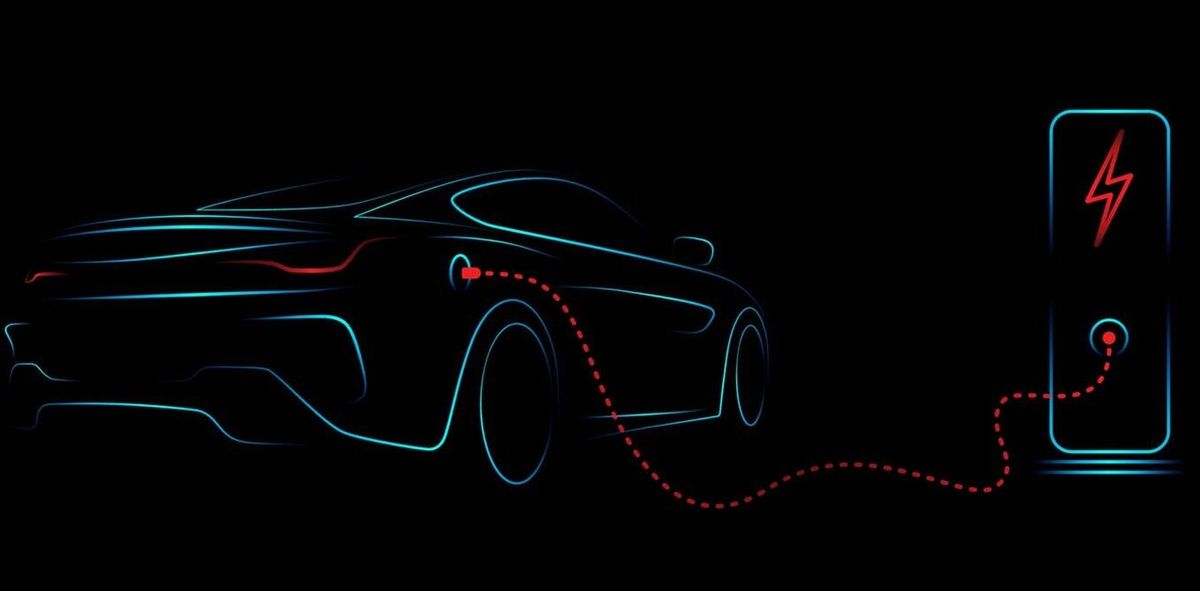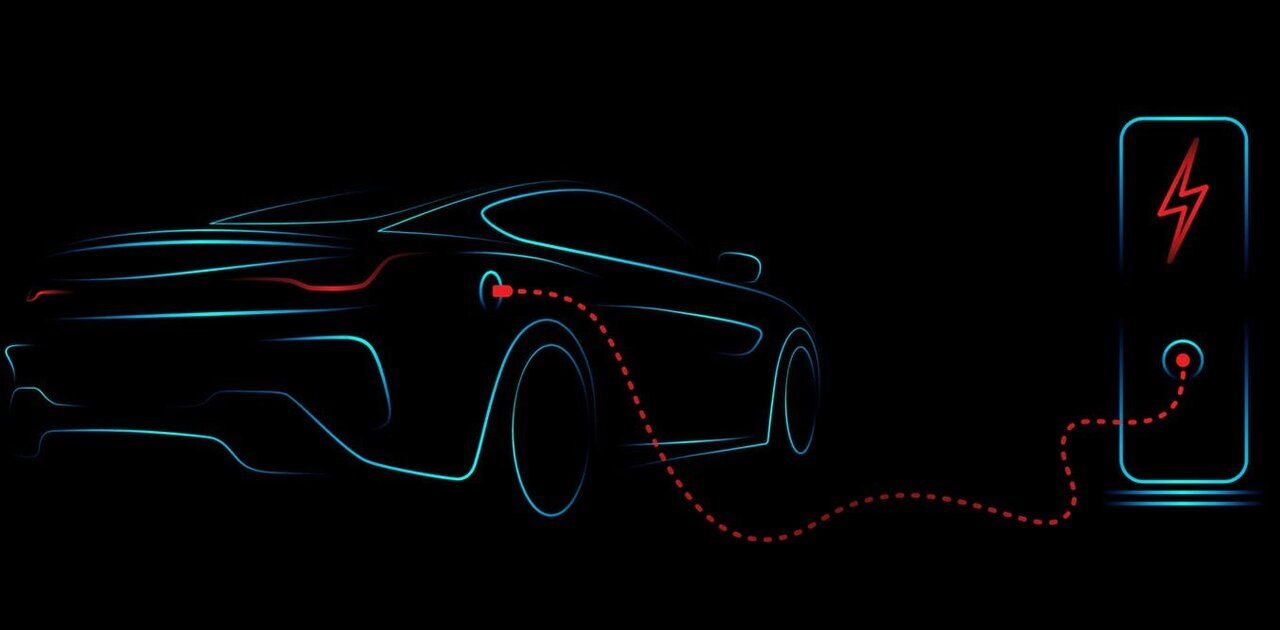Attractive opportunities in the EV market.
The global electric vehicle market size was valued at $384.65 billion in 2022 & is projected to grow from $500.48 billion in 2023 to $1,579.10 billion by 2030. Electric market y increasing investments in the field of electric mobility.


The global electric vehicle market size was valued at $384.65 billion in 2022 & is projected to grow from $500.48 billion in 2023 to $1,579.10 billion by 2030. Electric market y increasing investments in the field of electric mobility. Major industry players including Daimler AG, Ford MotorCompany, BYD, and Renault Group are spending money to manufacture EVs. For example, BYD plans to start production in Thailand in 2024 with a capacity of 150,000 electric vehicles per year.
There are several factors that are controlling the market such as:
1) Driving Factors
i) Favourable government subsidies and policies
The increasing demand for EVs will likely accelerate the market growth during the forecast period. Governments are offering attractive incentive policies to encourage the sales of EVs. Some of these incentives include reduced selling prices, zero or low registration fees, and free charging infrastructure of EVs at multiple charging stations. Equally, several governments around the world exclude import, purchase, and rod taxes based on various subsidies. The production of EVs has increased due to these subsidies for the auto industry. Governments have also made significant infrastructure investments and developed helpful policies.
ii) Strict Government regulations on vehicle emissions to boost market growth
To reduce the amount of greenhouse gas emissions in the atmosphere, governments of many countries have implemented strict vehicle emission regulations. For instance, the EU formed regulations to reduce the CO2 emissions of light and medium commercial vehicles by 15% before 2025. The Petroleum Ministry of Insia mandated all automotive manufacturers to start producing BS-VI vehicles after 1 April 2020. The decision was aimed at reducing air pollution in the country. These steps taken by several regulatory bodies to curb air pollution are expected to boost this industry’s growth in the coming years.
2) Restraining Factors
iii) Higher manufacturing and battery costs to restrain market progress
EVs are superior to fossil fuel-based automobiles, but their cost is higher than that of the latter. These vehicles have not yet achieved economies of scale as they are not mass-produced. In addition, the absence of EV charging stations has proven to be a negative factor, which has affected the market’s growth. The manufacturers also need a lot of investments and assets, which may hamper the market’s progress. However, owing to the production of EV batteries in large and technological advancements, the cost of batteries is expected to decrease in the coming years.
3) Segmentation
By vehicle type
iv) Passenger vehicles to hold maximum market share due to increasing demand for PEVs
Based on vehicle type, the market is segmented into passenger and commercial vehicles. The passenger vehicle segment holds the maximum market share due to increased sales in China, India, Norway, and Germany. The adoption rate of EVs in Asia Pacific is high hence the large number of EV manufacturers in the region, they are equipped with OEMs and other automakers.
By Propulsion type
v) BEVs to hold top market position due to innovations from key operating players
Based on the propulsion type segment, the market is segmented into Battery Electric Vehicles (BEVs) and Hybrid Electric Vehicles ( HEVs). The BEVs segment is expected to hold a notable market share and grow further due to the many advantages of electric vehicles. The growth is because of the rising production of EVs by OEMs. In April 2023, BYD introduced a new technological system for stabilizing cars ridden through rugged terrain, sharp turns, and also shallow water. The shock absorption tech is set to be a feature of the company’s recently launched premium brand Yanwang. HEV is another second dominant segment as the vehicle provides the dual option of working as a fuel-based and electric automobile, particularly in regions with inadequate charging infrastructure.
By Drive type
vi) Affordability of front-wheel drive vehicles to drive component segment growth
The market is divided into all-wheel drive and rear-wheel drive. The front-wheel drive segment accounted for the largest market share in 2022. The segment is also expected to record the fastest CAGR during the forecast period. Front wheels are less expensive compared to rear-wheel drive.
By Range
vii) Based on range, the market is divided into up to 150 miles, 151-300 miles, and above 300 miles. The 151-300 mile range segment holds the maximum market share as most passenger vehicles deliver the range. The rising sales of passenger EVs are expected to augment the segment growth. The 150-mile segment holds the second largest due to the adoption of light commercial vehicles and electric vans. The adoption of electric vans is still not stable. The growing demand for EVs will drive from 2023-2030.
By Component
viii) Battery pack & high voltage component holds maximum market share due to major cost contributions
The market is divided into battery pack and high voltage components, motor, brakes, wheel & suspension, body & chassis, and low voltage electrical components. The traction battery pack holds the maximum share due to major cost contributions and is the main supply for the vehicle's functioning.
4) Regional Analysis
The market is analyzed across North America, Asia Pacific, Europe, and the rest of the world. Asia Pacific is expected to grow significantly in the market due to the growing demand for passenger cars in developing nations. China accounts for the largest share in terms of passenger cars and other automobiles. North America is also expected to see the highest growth in the market. The regional market’s growth can be because of rising incentives by the Department of Energy (DoE) to build EV charging manufacturing throughout the U.S. and support the growth of other regions too.
Europe is expected to hold a permanent market share. The U.K./ Germany and France are important countries contributing to EV growth.




